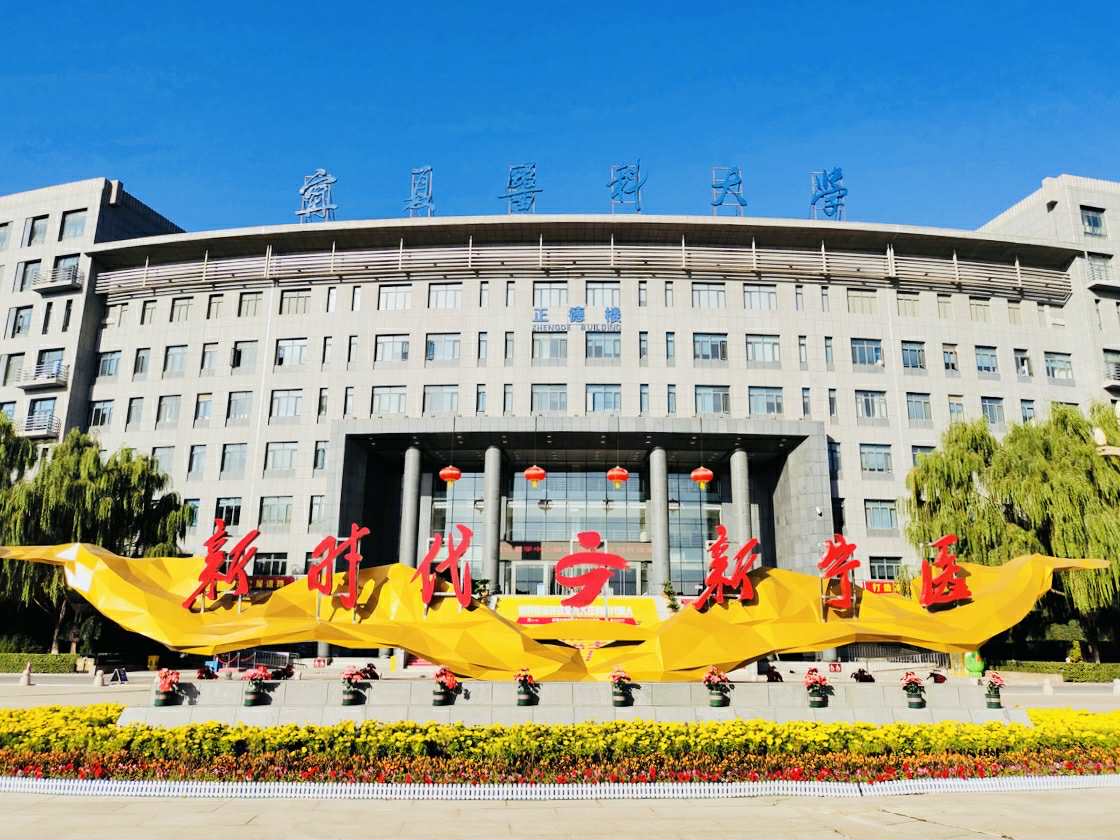
Studying in China: Where Education Meets Global Opportunity
Prince Ghosh, MBBS Graduate
In recent years, China has quietly transformed from a manufacturing powerhouse into one of the world’s most dynamic centers of higher education. From modern laboratories to multicultural classrooms, it has become a destination where ambition, culture, and innovation intersect — especially for students pursuing medicine and the sciences.
A Global Academic Hub:
Chinese universities now rank among the world’s top institutions, attracting thousands of students from Asia, Africa, Europe, and beyond. The country’s medical and engineering programs are structured to match international standards, ensuring graduates can compete globally. Degrees such as the MBBS are recognized by the World Health Organization (WHO) and accepted for postgraduate licensing exams in countries like the UK, US, and Australia.
Spotlight: Ningxia Medical University:
Among China’s distinguished medical institutions, Ningxia Medical University (NXMU) stands out for its rigorous MBBS program, modern clinical facilities, and international focus. With an emphasis on both theoretical knowledge and hands-on practice, NXMU equips students with the skills required to excel in global medical environments. The university fosters research, encourages participation in clinical rotations across affiliated hospitals, and provides a supportive environment for international students to thrive academically and personally.
Quality Education at an Affordable Cost:
While education in the West often comes with staggering tuition fees, China offers a high standard of learning at a fraction of the price. Public funding and government-backed scholarships through the China Scholarship Council (CSC) make world-class education accessible to deserving students. For many, this financial balance means less debt and more focus on research and clinical excellence.
Innovation and Research Culture:
From biotechnology to mental-health research, China invests heavily in scientific discovery. Students are encouraged to think critically, join international projects, and participate in publications — even at the undergraduate level. This academic culture inspires innovation while offering hands-on exposure to real-world problems.
Diversity and Global Friendship:
Chinese campuses are home to students from over 150 nations, forming vibrant, multicultural environments. For medical and public-health students, such diversity enhances understanding of human behavior, disease patterns, and global health disparities. These interactions also build lifelong friendships and a global professional network.
Modern Clinical Training:
For MBBS students, the clinical phase is a highlight. Teaching hospitals affiliated with major universities, including NXMU, are equipped with modern facilities, electronic medical systems, and bilingual supervision. Students learn by doing — interacting with patients, joining ward rounds, and developing strong diagnostic reasoning.
Gateway to Global Opportunities:
Graduates of Chinese universities find doors open worldwide. Many proceed to postgraduate studies or licensing exams in the UK, USA, Canada, or Australia. With strong research foundations and multicultural adaptability, they are valued in both academic and clinical sectors.
Beyond Education — A Journey of Growth:
Studying in China isn’t just about textbooks and degrees. It’s about independence, discipline, and self-discovery. The experience builds resilience, cultural intelligence, and a global mindset — qualities that define a true 21st-century professional.
In essence:
China offers more than education; it offers transformation. For students willing to step beyond borders, it’s not just a place to study — it’s a place to grow, innovate, and belong to a global future.
- Depression: More Than a Chemical Imbalance
- When Warmth Is a Luxury: The Hidden Winter Crisis
- ইংল্যান্ডের ক্যামব্রিজের কটন ফুটবল ক্লাবের সেক্রেটারি নির্বাচিত হলেন সিলেটের আকমল
- দক্ষিণ আফ্রিকায় বাংলাদেশী স্বামীসহ অন্তঃসত্ত্বা স্ত্রীকে গুলি করে হত্যা
- দ.আফ্রিকায় নিজ দোকানে নোয়াখালীর ব্যবসায়ীকে গুলি করে হত্যা
- জেদ্দা কনস্যুলেট জেনারেলে বঙ্গমাতা’র ৯৩তম জন্মবার্ষিকী পালিত
- দ.আফ্রিকায় নোয়াখালীর ব্যবসায়ীকে গুলি করে হত্যা
- আবুধাবিতে অগ্নিকান্ডে নোয়াখালীর ৩ যুবকের মৃত্যু
- আওয়ামী লীগের ১৭ সদস্যের দলের সাথে চীনে বাংলাদেশী শিক্ষার্থীদের সৌজন্য সাক্ষাৎ
- সংযুক্ত আরব আমিরায় ভিজিট ভিসার মেয়াদ বাড়ানো যাবে না




















